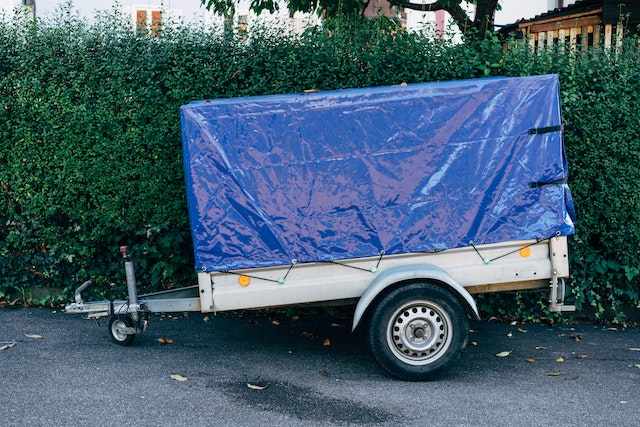Generally, larger wheels roll better than smaller ones, but a few factors must be considered. First, larger wheels are easier to maneuver, and more oversized ball bearings tend to carry less weight. When selecting wheels, it’s essential to consider the working environment. Some corrosive chemicals don’t tolerate rubber wheels, so you’ll want to opt for steel or polyurethane wheels instead.
Contents
Casters With Thread Guards Work Better With Hardwood Floors
Choosing the right caster for your hardwood floor is crucial to avoid scratching the floor. Casters with rugged treads or plastic wheel covers can scratch or damage a hardwood floor. Luckily, several casters are suitable for hardwood floors. For example, the Bassick 00 Series casters feature dual ball-bearing raceways for high load capacity and low profile. These casters also come with an option for a soft rubber wheel material and side lock brakes for extra safety.
Casters with soft surfaces or polyurethane wheels are the best for hardwood floors. They are also less noisy than those with hard rubber wheels. Lastly, choose a caster with an annular or precision-sealed ball bearing for quiet operation. Meanwhile, heavy duty caster wheels are offered in various styles, materials, and functional configurations to accommodate the requirements of such a diverse range of applications.
Larger Wheels are Easier to Move
Larger wheels are easier to push and move around. This is because they work like giant levers, allowing you to exert more pulling force while moving. Larger wheels are also easier to turn around the axle. This can be a big help when trying to unbolt the wheel’s nuts. But be aware that larger wheels are heavier than smaller ones.
While larger wheels are easier to push and move around, they are not necessarily the easiest to keep upright. This is a function of the weight of the bike and rider, which is proportional to the wheel’s diameter. However, smaller wheels are easier to maintain upright.
Larger Wheels Reduce The “Scrubbing” Action of Wide Tires
Wide tires are a great way to maximize payload capacity. When appropriately used, wide tires can also improve fuel mileage. The size and design of your tires will impact the “scrubbing” action of wide tires. Some tires are more suited to wide wheels, while others may be better suited to wide trucks.
Wide tires’ “scrubbing” action is reduced if your wheels are more significant than the tire. This effect is called the “scrubbing radius,” determined by the distance between the centerline of the front tire tread and an imaginary line called the SAI. These two lines will intersect at the road surface.
For slick surfaces, wide tires are also preferable. Although they have more significant mechanical drag and rolling resistance, they provide better grip. Additionally, they have less traction in snow and mud. Larger wheels with larger tire patches tend to float on slippery surfaces.
Twin-Weel Casters Reduce The “Scrubbing” Action of Wide Tires
Twin-wheel casters have several advantages for holding loads and reducing the “scrubbing” action of wide tires. You can hear this scrubbing action when you turn the steering wheel of a stationary car. Twin-wheel casters reduce this action by allowing the outer tire to rotate slower than the inner one. This results in less friction and smoother steering. This feature is commonly used in office chairs and other furniture.
Additionally, twin-wheel casters reduce overall height and increase load capacity. Further decreasing the “scrubbing” action and enhancing stability are dual-wheel casters. Beds and televisions can both be fitted with twin-wheel casters. Stools and folding tables. They are available in standard and heavy-duty models, supporting up to 300 pounds of load.
Casters With Thread Guards Reduce The Collection of Thread, String, And General Floor Debris
Thread guards are disc-shaped parts that fit over a caster’s axle and wheel hub. Typically, they cover most of seat 32, but alternate embodiments may have different shapes. For example, a thread guard may have a notch or pass through the inner surface of the yoke leg.
Thread guards are available for both commercial yoke and conventional caster assemblies. They are ideal for applications where washing and wiping are frequent. They can be installed by the original equipment manufacturer or purchased separately for retrofit applications.
A preferred embodiment of a thread guard includes a disk or spool that resides between the wheel and the chassis. Debris is guided away from the axle and toward a collection area without interfering with the wheel’s operation. The disk and comb-like structure prevent debris from reaching the axle and encourage movement toward the spool. The debris guard may be installed on a single caster or multiple wheels.

